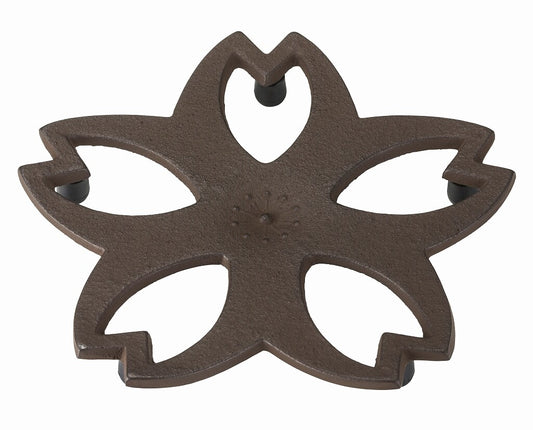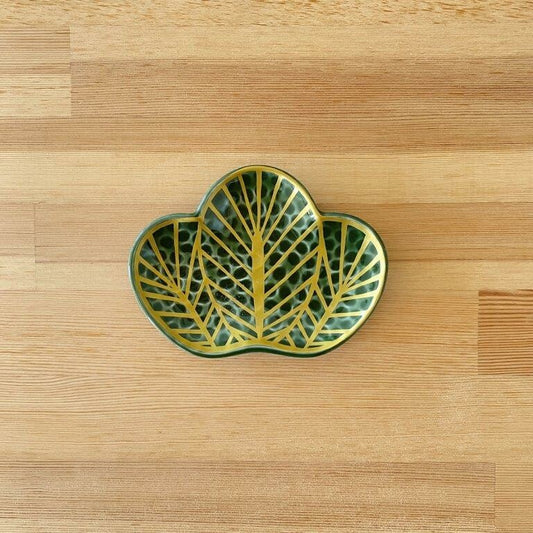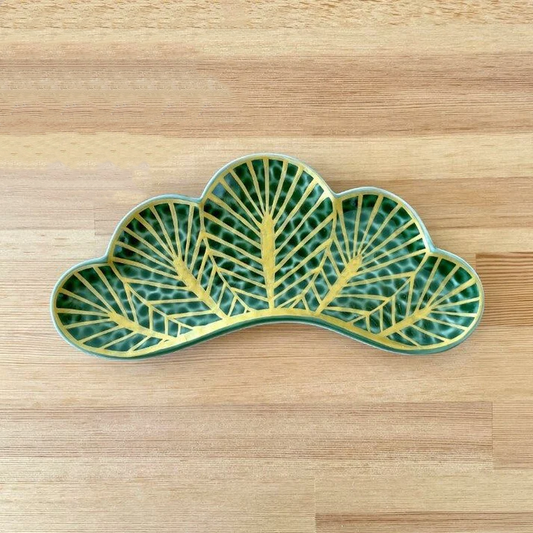A Unique Beauty Shaped by Nature and Tradition
With a proud history of over 1,300 years, Shigaraki ware is a traditional Japanese pottery celebrated for its rustic elegance and timeless appeal. Born from the harmony of nature’s power and the skill of master artisans, Shigaraki pottery brings warmth, character, and authenticity to any space. Its earthy texture, organic forms, and spontaneous glaze effects make it a beloved choice for collectors, designers, and anyone seeking to bring a sense of wabi-sabi into their home.

Key Features of Shigaraki Pottery and Why It's Popular Today
Produced in Shigaraki, Kōka City, Shiga Prefecture, Shigaraki ware was officially designated as a Traditional Craft of Japan in 1976. It is made from highly malleable clay, fired at high temperatures, to produce durable and heat-retentive vessels.
This versatile handmade Japanese pottery is used for tea bowls, vases, tableware, tiles, planters, and even Hina dolls. Recently, it has gained renewed popularity in wabi-sabi home decor and minimalist interior design. Its warm, surface and the artistry of natural kiln effects add a distinct character to everyday living.
The History of Shigaraki Ware – 1,300 Years of Tradition Since the Nara Period
Shigaraki ware date back to the Nara period (710–794), when Emperor Shōmu commissioned roof tiles for the Shigaraki Palace. The area’s rich clay and abundant firewood enabled a thriving pottery culture.
By the Kamakura period (1185–1333), it had become an essential part of daily life, producing jars, mortars (suribachi), and storage vessels. From this era, unique features such as natural ash glaze and the reddish hi-iro (fire color) emerged, giving each piece a one-of-a-kind appearance.
During the Muromachi period (1336–1573), Shigaraki ware became deeply associated with the Japanese tea ceremony and the philosophy of wabi-sabi—the beauty of imperfection, impermanence, and nature. The rugged surfaces and accidental glaze patterns perfectly capture this aesthetic.

Why Shigaraki Ware is Perfect for Japanese Tea Ceremony
In the 15th–16th centuries, tea masters like Sen no Rikyū praised Shigaraki ware for its natural beauty and simplicity. Items like tea jars, mizusashi (water containers), and flower vases became centerpieces in tea rooms, prized for their humble elegance and spontaneity.
A playful, bold style called “Hyouge-mono” also flourished in this period, elevating Shigaraki pottery to the level of fine art and cultural treasure.
The Art of Serendipity: Natural Ash Glaze and Fire Colors
One of the most enchanting aspects of Shigaraki pottery is its bidoro glaze, created when firewood ash lands on the pottery during firing and melts into a glassy, greenish-blue surface.
Variations in temperature, humidity, and firewood type produce red and pink hues known as hi-iro. These effects are never fully predictable, making each piece of Shigaraki ware truly unique.
Combining traditional techniques with natural elements, Shigaraki pottery reflects the spirit of Japanese craftsmanship and creativity.

How to Use Shigaraki Pottery in Interior Design and Daily Life
Shigaraki ware is known worldwide for its iconic tanuki (raccoon dog) statues, symbols of good luck. But beyond these charming figures, its appeal lies in the ability to enhance modern interiors with its natural, earthy tones.
Whether it’s rustic tableware, elegant flower vases, or statement pieces in a minimalist room, Shigaraki pottery integrates art and function. Its authenticity and tactile quality resonate especially with those seeking slow living, sustainable design, and cultural connection.

Add Timeless Japanese Pottery to Your Space with Shigaraki Ware
Shigaraki ware is a remarkable craft born from the harmony of nature and human hands. Carrying on 1,300 years of tradition, it brings both beauty and practicality to modern living.
Why not bring the timeless elegance of wabi-sabi into your home?
Looking to bring home an authentic piece of Japanese pottery?
👉 Explore our curated Shigaraki Ware collection here
👉 Learn more about other traditional crafts of Japan
Bring timeless elegance, handmade artistry, and wabi-sabi spirit into your space.





